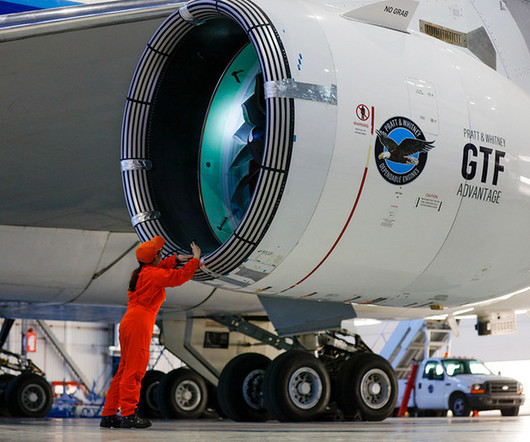Pratt & Whitney’s GTF Advantage engine achieves FAA type certification
Aviation Bussiness News
FEBRUARY 28, 2025
With first production engine deliveries expected later in 2025, the GTF Advantage will provide 4-8% more takeoff thrust, enabling higher payload and longer range, unlocking new destinations for airlines. In the high-pressure turbine (HPT), the enhancements include an advanced airfoil design with improved coatings.












Let's personalize your content